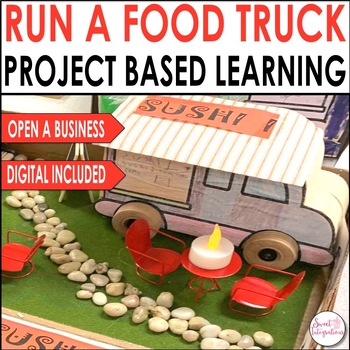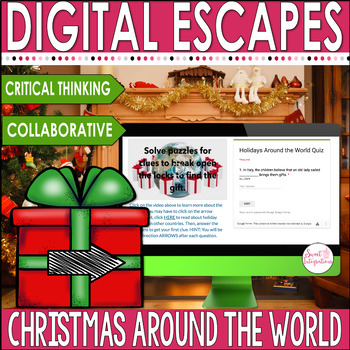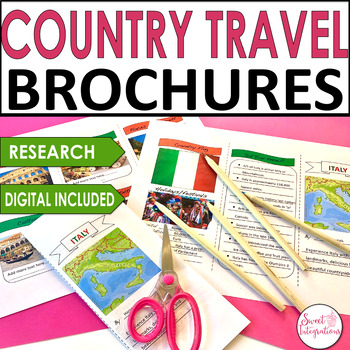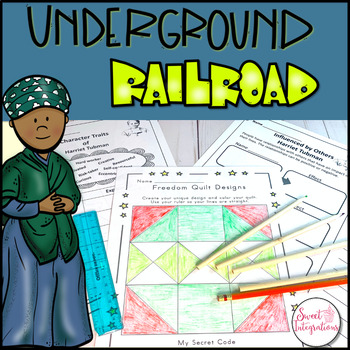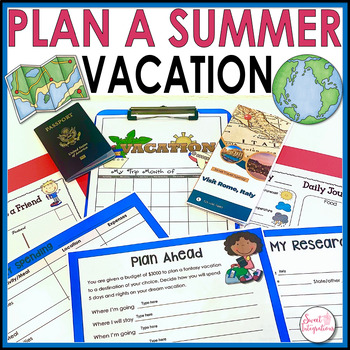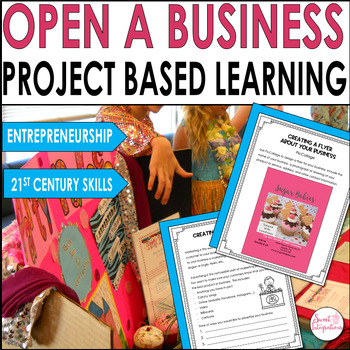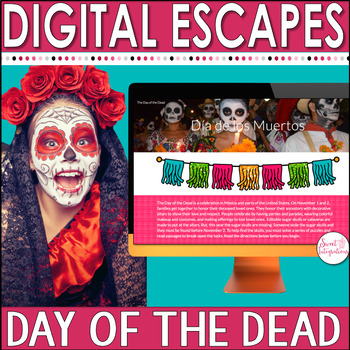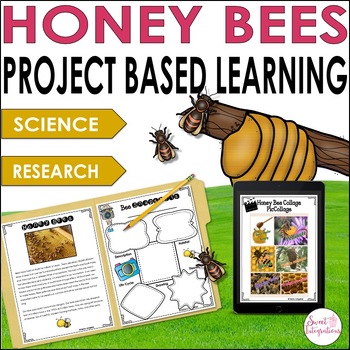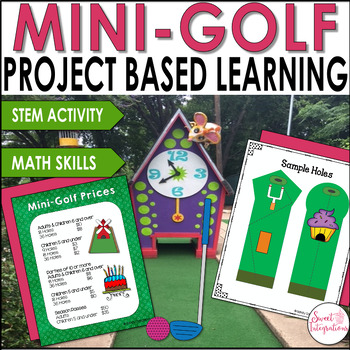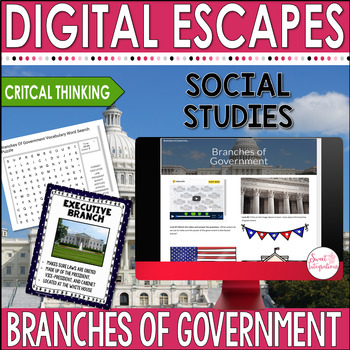Why teach media literacy? With information overload, it's becoming more and more difficult for our students to distinguish between real and fake news. A recent Stanford study has reported that today's students lack the skills to determine the difference. Media Literacy is an important skill to teach in today's classroom.

Ideas for Teaching Digital Citizenship With EdPuzzle
Classrooms all over the world are sharing the many innovative ways technology can be used in learning, which is why today's post is all about teaching digital citizenship.
"Digital Learning Day was started as a way to actively spread innovative practices and ensure that all youth have access to high-quality digital learning opportunities no matter where they live."
I'm sharing ideas with 5 other technology lovers from the Tech With Us Community. We are teaming up to share our tips in teaching Digital Citizenship which can be infused into your curriculum throughout the year.
at
5:00 AM

Teaching Tolerance and Acceptance Through Project Based Learning
At most main intersections, you will see signs that say, "Will Work for Food!", "Former Vet", "Lost My Job", "Two Kids", "Anything Will Help."
How do you react when you see a homeless person? Do you wonder if you should give them some cash, a Granola bar, or water? Or, just try to ignore him or her and act like the person isn't there. Treat the homeless as if they are invisible. We can help by teaching tolerance and acceptance to our students through project based learning.
0
How do you react when you see a homeless person? Do you wonder if you should give them some cash, a Granola bar, or water? Or, just try to ignore him or her and act like the person isn't there. Treat the homeless as if they are invisible. We can help by teaching tolerance and acceptance to our students through project based learning.

Building Growth Mindset During Project Based Learning
Building growth mindset does not have to be a challenge, especially when integrated with project based learning (or PBL). Stick around to learn more.
"Every time they (students) are pushed out of their comfort zone to learn something new and difficult, the neurons in the brain can form new stronger connections and over time, become smarter." - Carol Dweck, Stanford University psychologist
Subscribe to:
Posts (Atom)
Powered by Blogger.






